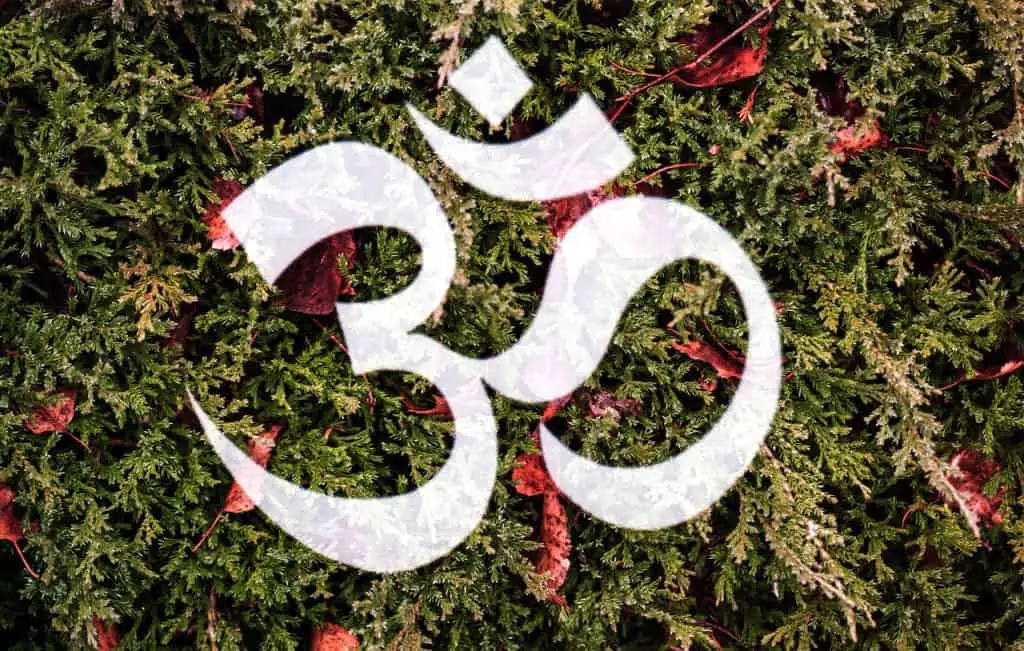Over the last couple of decades, the popularity of meditation has only increased, with many people realizing its importance and numerous academic studies providing evidence of this effect.
So what in the western world may have studied as a hippy trend has been embraced by the general public as part of wellness routines and celebrities, and various industry leaders are embracing it.
One type of meditation whose practice has grown into movement is Transcendental Meditation (TM). With millions of people practicing its techniques worldwide, it is one of the most influential types of meditation today.
What is Transcendental Meditation?
Like any other meditation technique, transcendental meditation seeks to offer relaxation and calm in one’s life. In transcendental meditation, the person sits still in a comfortable position with his eyes closed and silently repeats a mantra.
Their emphasis is not voicing the mantras to help eliminate any form of distraction. The meditation is usually done fifteen to twenty minutes a day.
The practice of transcendental meditation originates from ancient Vedic traditions in India. It was brought to the United States and given global prominence by the late Maharishi Mahesh Yogi, who built on a system he had learned from his own master and developed a teaching program of the traditional meditation technique.

From the 1950s, the movement has been taught publicly, starting first in India and then worldwide.
By the time of his death in 2008, the movement had become global through a series of world tours, training programs for teachers, endorsements from celebrities who practiced it like David Lynch and its adoption by different not for profit organizations and learning institutions.
Currently, the Maharishi Foundation, the Global Country of World Peace, and the Maharishi Vedic Education Development Corporation are the main bodies tasked with spreading the movement and training programs for the teachers. The number of practitioners of this meditation technique is estimated to be over 5 million members globally.

Transcendental meditation mantras
Mantras form a significant part of transcendental meditation. Still, unlike in other meditation techniques, they are not the focus of the process but rather a means towards an end, in this case, transcendence into silence. The mantras used posess two qualities.
First, they are meaningless sounds that allow for better focus and deeper settling in pure consciousness. Having a sound with meaning will keep your mind stuck on that word and prevent transcendence.
Secondly, the mantras also contain a vibration that has resonance with the primal sound Om which is the closest to silence. As a result, the mantras are excellent for guiding the mind towards the path to silence and peace.
The mantras have an origin in the Vedic tradition, and they are in Sanskrit, which is the language that is the closest human mimicry of the natural vibrations produced in the field of pure consciousness known by the yogis as the Self. The transcending property of this technique’s mantras brings healing for the whole body, and they are not limited to certain body parts.
Your mantras are given to you by a trained instructor during learning. There are over 1000 traditional mantras that are used for transcendental meditation. However, you will be given your specific mantra by your certified TM trainer.

To be effective your use of the mantras has to fulfill all of the following aspects;
- You need to be given the correct mantra selected to reflect your personality as evaluated by your teacher.
- You need to know how to use the mantra correctly
- You need to be able to interpret what you are experiencing
- You need support and guidance from a certified teacher regularly
The assigned mantras are also dependent on age and include some of the following examples; eng, em, enga, ema, ieng, iema, shirim, kirim, kiring, shiring, hiring, sham, and shama.
Related article: “Meditation, where to start” – Opens in new tab.
How to do transcendental meditation
Based on what has been pointed above, it is clear that TM is one of the easiest meditation techniques which you can do anywhere. The only emphasis is to do it under one of the trained teachers to ensure you get all aspects properly and who can later guide you on in the future for free.
Knowing how to do this type of meditation right starts with finding the right teacher. TM teachers are trained and certified by the Maharishi Foundation. The learning follows a 7-step course structure.
There is a 60-minute introduction lecture followed by another 45-minute lecture and then short interviews followed by about two hours of personalized instructions.
The trainer styles the technique so that it is individualized to you only. Once you are done with this initial instruction, you get a small ceremony where you are given your mantra.
The next three-days involve the trainer checking if you are correct, and you have another 2-hours of instructions. Over the course of the later months, the instruction is centered on ensuring you have the right technique and understand the benefits and other details around transcendental meditation.
It is described as an easy technique to perform because it does not require any concentration, mindfulness, or emptying of the mind or controlling our mind. It only needs you to relax and breathe normally while only paying attention to the silent mantra.
Related reading: Guide to Different Types of Meditation Practices – Opens in new tab
A typical daily plan involves about 20-minutes of meditation before breakfast and later before dinner. An overview of what this involves includes;
- Sit comfortably on a chair with your legs touching the ground with no crossing of both arms and feet.
- Take a couple of deep breathes to relax your body and then close the eyes.
- Repeat your mantra in your mind.
- When you recognize you are having thoughts or getting distracted, simply go back to your mantra.
- After 15- 20 minutes, you gently ease yourself back to the world by moving the fingers and toes.
- Open your eyes.
- Sit for a couple of extra minutes until you are ready to continue with your day or night.
Do you want to learn more about Meditation? Check out our recommendations at “Meditation Bookshelf” and many free resources at our “Free MeditationLibrary“ – Opens in new tab
Transcendental meditation benefits
You can only make such an investment if there are assured benefits. While transcendental meditation is indeed easy to perform, there are other benefits that should make you consider it as your meditation technique. Several studies have shown backed many of these benefits. They include;

1. Relief against stress and anxiety
Relief from stress is one of the main advantages you get from TM. Research with patients of PTSD and employees in stressful work conditions has shown that this kind of meditation assists your body and mind not to overact to stressful stimuli.
TM helps in by balancing the nervous system activation and hormonal levels and also helps increase brain coherence.
2. Improved efficiency and work productivity
In studies conducted in big and small companies, employees who used TM as a meditation technique showed significant improvement in their productivity and efficiency at work within three months of practising this meditation form.
They showed improvement across several areas including, professional relationships, effectiveness, leadership, general status of health, and job satisfaction.
3. Improved school performance
Students also benefited from TM, demonstrating improved attributes across critical areas for better performances. The impact was noticed in students across all educational levels.
The changes observed included a drop in school associated stress, depression and anxiety, improved academic results, increased cognitive and general intellectual performance, and finally, a drop in negative school behaviors.
4. Increased overall intelligence
Further research has indicated that TM meditation can help boost overall intelligence with tests showing improvement across areas and abilities such as;
- Improved critical thinking especially in new situations
- Faster processing of information
- Improved cognitive, volitional and affective abilities
5. Low risk of heart diseases and controlled blood pressure
Practising TM has been shown to lower the risk of cardiovascular diseases while also helming lower blood pressure to healthy levels.
6. Can help in treating alcohol and tobacco-smoking addiction
One of the benefits of TM as a meditation technique is how it enables addicts to quit their habits after using the technique. Because it leads to a better emotional-well being, it eventually sees addicts taking steps to quit their habit as a natural progression.
The technique is more effective compared to other meditation forms in this regard, and practitioners have higher rates of abstinence.
Related reading: 8 Health Benefits of Meditation – What the Newest Research Shows
7. Improved relationships
Another positive effect of TM is an improvement in your relationships both at home and in the workplace. With less emotional strain and a better way to release pent up frustrations, practitioners have a better outlook on life and find higher satisfaction in their careers and relationships.
8. Can help in managing hyperactivity
People struggling with hyperactivity can find an effective management plan in transcendental meditation. In three months, participants who had ADHD symptoms recorded improvements in the following areas;
- The quality of sleep
- Their organizational ability
- Their happiness
- Ability to work independently
- Improved focus and concentration.
Transcendental Meditation continues to impact the lives of millions of people globally. All you need is to find one of the many certified trainers or join an institution that offers such classes near you.
The various studies provide strong evidence on the impact it can have on your life, and given its straight forward technique, it is worth your while, and you should consider it for your wellness plan.
Stay in Touch
 Join our newsletter by using the forms on this website or click here!
Join our newsletter by using the forms on this website or click here! Follow us on Google News
Follow us on Google News Follow us on Facebook
Follow us on Facebook
Featured image from Depositphotos
Do you want to learn more about Meditation? Check out our recommendations at “Meditation Bookshelf” and many free resources at our “Free MeditationLibrary“ – Opens in new tab







